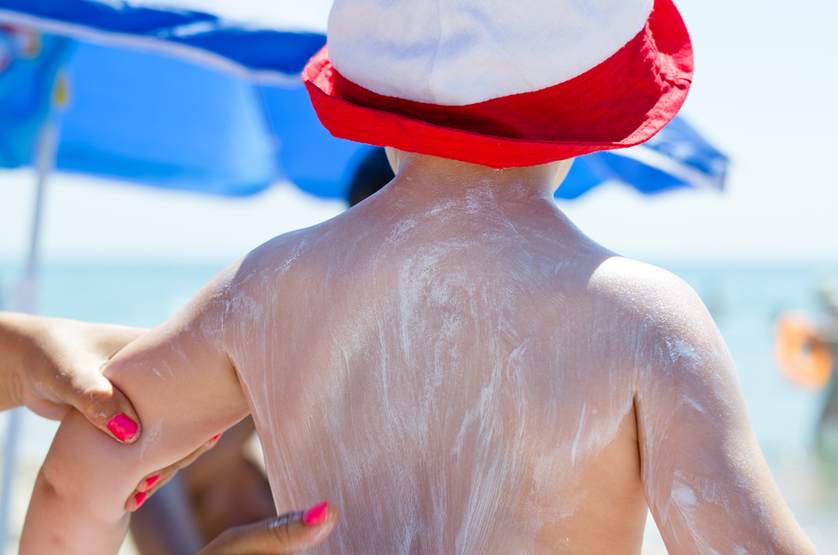Six years after the last update, a national panel of health experts focusing on disease prevention just determined that revised skin cancer guidelines were warranted.
The most significant change extends its recommendations on sun protection to young children for two reasons: (1) Because being badly sunburned at an early age increases the chances of developing skin cancer later, and (2) kids are more likely to incorporate sun-safe precautions into their lives the earlier they are exposed to them.
The U.S. Preventive Services Task Force this week recommended that all light-skinned children beginning at the age of six months receive skin-cancer prevention guidance, which is a stark shift from its 2012 recommendations when the panel advised this training start at age 10.
In addition, these guidelines apply to fair-skinned adults aged 24 and over, since they are at higher risk of skin cancer from ultraviolet, or UV, rays than those with darker skin.
"The USPSTF recommends counseling young adults, adolescents, children, and parents of young children about minimizing exposure to UV radiation for persons aged 6 months to 24 years with fair skin types to reduce their risk of skin cancer," the independent panel stated in its report, which appeared online March 20 in the Journal of the American Medical Association.
The panel added that "clinicians selectively offer counseling to adults older than 24 years with fair skin types about minimizing their exposure to UV radiation to reduce risk of skin cancer," but yet the "[e]xisting evidence indicates that the net benefit of counseling all adults older than 24 years is small."
Some evidence exists, the panel says, that children are more likely to take the precautions seriously if they become part of their routine, while the adherence to these protective habits minimizes as young adults age.
 The recommended precautions when exposed to the sun include:
The recommended precautions when exposed to the sun include:
- Wearing protective clothing, including hats
- Receiving proper advice on how to apply broad-spectrum sunscreen, with a SPF of 15 or more
- Avoiding indoor tanning, and tanning beds
- Avoiding sun exposure in the middle of the day, between 10am and 4pm, when the rays are strongest
The rationale for focusing on young children is driven by a "substantial body of observational evidence," the USPSTF writes, that "demonstrates that the strongest connection between UV radiation exposure and skin cancer results from exposure in childhood and adolescence."
The panel's recommendations do not apply to those with dark skin. But despite this targeted message to fair-skinned groups, everyone should engage in smart sun protection.
The most common type of cancer is that of the skin. The USPSTF predicts this year more than 91,000 new cases will be diagnosed in the United States, resulting in nearly 9,800 deaths.




